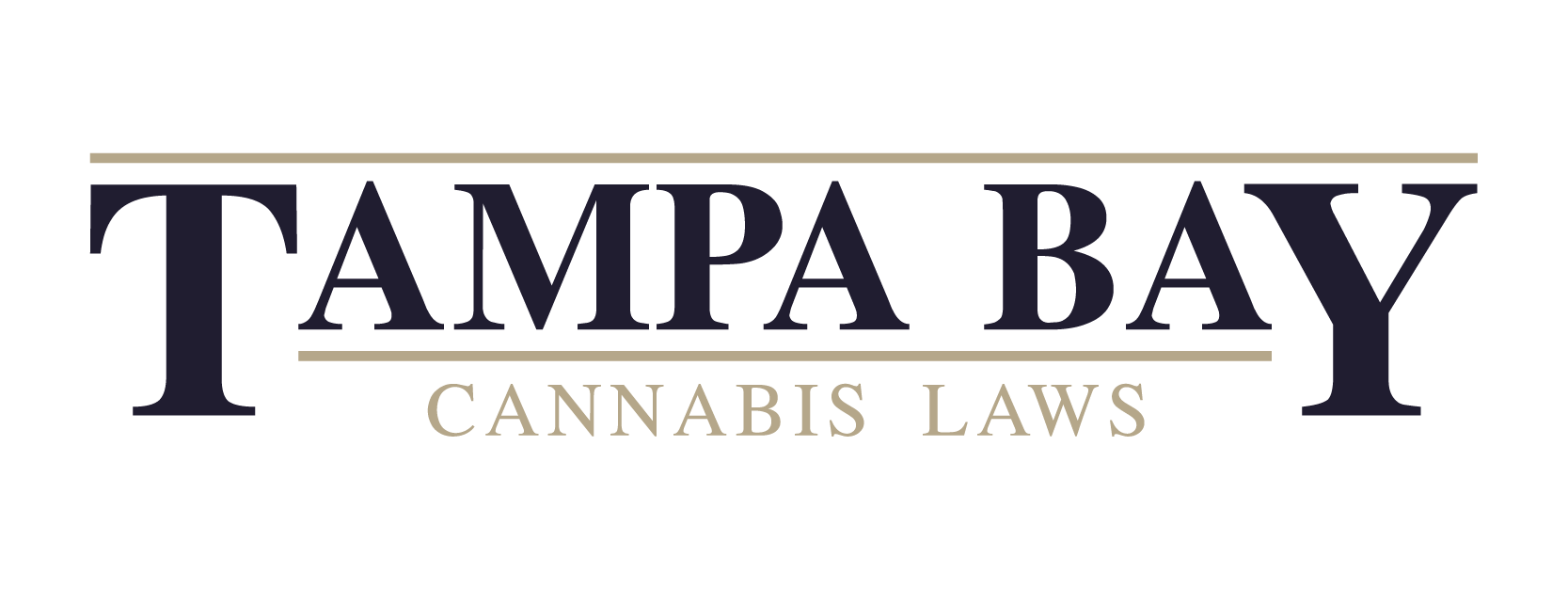East Coast vs. West Coast: Divergent Paths in Cannabis Legalization

In the evolving landscape of cannabis legalization in the United States, a clear regional divide has emerged, distinguishing the East Coast’s approach from that of the West Coast. This divergence is not just in the legal frameworks adopted but also in the cultural, social, and economic implications of these laws. This article delves into the nuances of cannabis legalization on both coasts, exploring the similarities and differences that mark the East and West Coast strategies.
Early Adopters and Cautious Progressives
The West Coast has been at the forefront of cannabis legalization in the United States, with California leading the charge by legalizing medical marijuana in 1996. This pioneering move set the stage for other states like Washington and Oregon to follow suit, eventually leading to the legalization of recreational cannabis. The West Coast’s approach has been characterized by a more liberal, open attitude towards cannabis, driven by a combination of strong grassroots advocacy, progressive politics, and a longstanding cultural acceptance of marijuana.
In contrast, the East Coast has taken a more cautious and gradual approach to cannabis legalization. States like Massachusetts, Maine, and Vermont have moved towards legalization, but typically years after their West Coast counterparts. The East Coast’s strategy has often involved more stringent regulatory frameworks, higher taxes, and a greater emphasis on social equity programs designed to address the historical injustices associated with marijuana prohibition.
Regulatory Models and Market Dynamics
On the regulatory front, West Coast states have developed models that emphasize low barriers to entry, aiming to transition the existing illicit market into a legal, regulated one. This approach has led to a booming cannabis industry, characterized by a wide variety of products and competitive pricing. However, it has also resulted in challenges such as market oversaturation and difficulties in policing quality standards.
Conversely, East Coast states have implemented more restrictive licensing processes, limiting the number of operators in the cannabis market. This has led to less competition and, in some cases, higher prices for consumers. Nonetheless, it has allowed these states to exert tighter control over the market, ensuring product safety and compliance with state regulations. The East Coast model often prioritizes social equity initiatives, providing opportunities for minority-owned businesses and communities disproportionately affected by past cannabis enforcement policies.
Cultural Impact and Public Perception
Culturally, the West Coast’s long-standing embrace of cannabis has led to a normalization of marijuana use in society. Cannabis dispensaries are common and widely accepted, reflecting the region’s liberal attitude towards marijuana. This cultural acceptance has contributed to the rapid growth of the cannabis industry and has made the West Coast a hub for cannabis tourism.
On the East Coast, while acceptance of cannabis is growing, the region’s more conservative outlook has influenced the pace of legalization and the integration of cannabis into mainstream culture. Cannabis businesses on the East Coast often face more community resistance and stricter zoning laws, reflecting a more cautious public perception of marijuana.
Conclusion
The divergent paths of cannabis legalization on the East and West Coasts of the United States reflect deeper regional differences in politics, culture, and social attitudes. While the West Coast has embraced a more liberal and open approach, prioritizing market development and cultural acceptance, the East Coast has opted for a more regulated and cautious strategy, emphasizing social equity and public health. As more states move towards legalization, these regional models provide valuable lessons and challenges for policymakers navigating the complex landscape of cannabis legalization.
